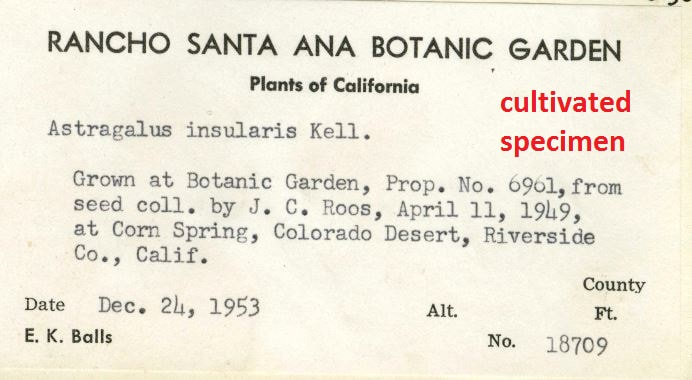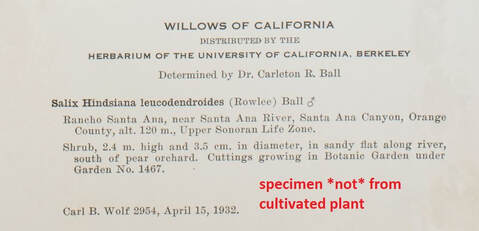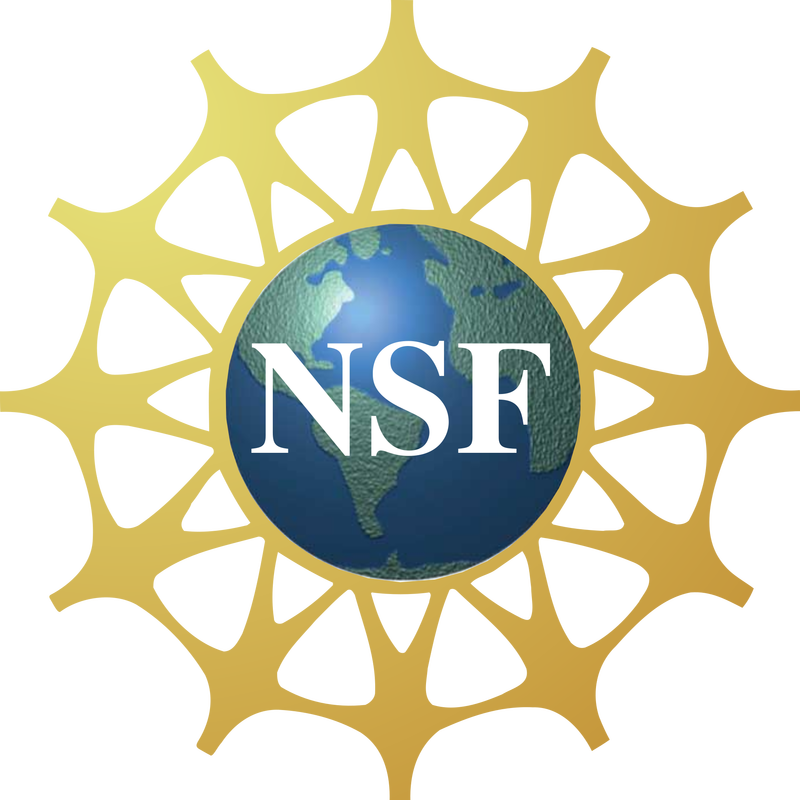Problem
A specimen is noted as cultivated at one location, but it originated (i.e., from seed, a cutting, a rhizome) from another location, as in the specimen below.
Our Solution
Enter the name of the place where the specimen was cultivated into the Locality field. The Country, State/Province, and County should also reflect the place where the specimen was cultivated. Enter the place where the seed/cutting/rhizome was collected in the Notes (Occurrence remarks) field. For the habitat field, enter "cultivated". Any habitat information about the seed/cutting/rhizome collection should be included in the Notes (Occurrence remarks) field.
Note: it can be tricky to determine whether the specimen itself is a sample from the wild individual or from the cultivated specimen. For example, the label below represents a plant that was in the wild, and cuttings of it are now in a botanic garden. In this case, the locality and habitat fields should be populated according to the information provided on the label, not the location of the botanic garden.


